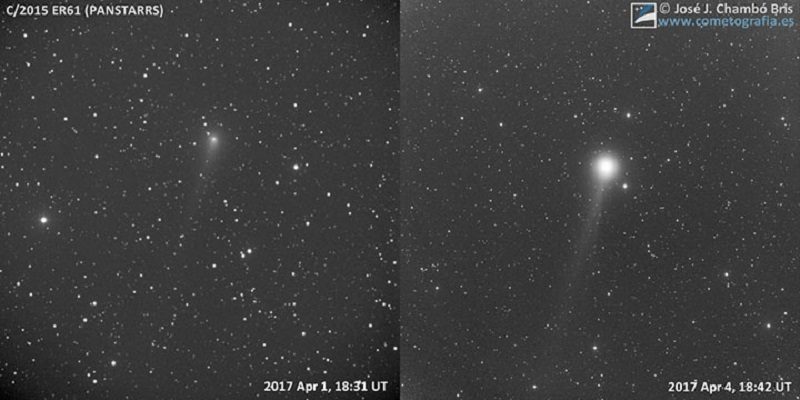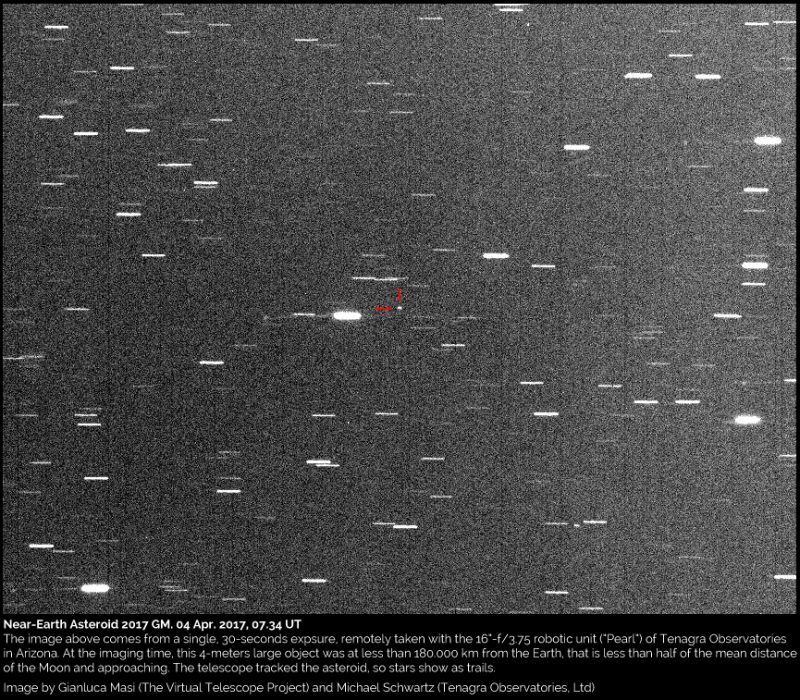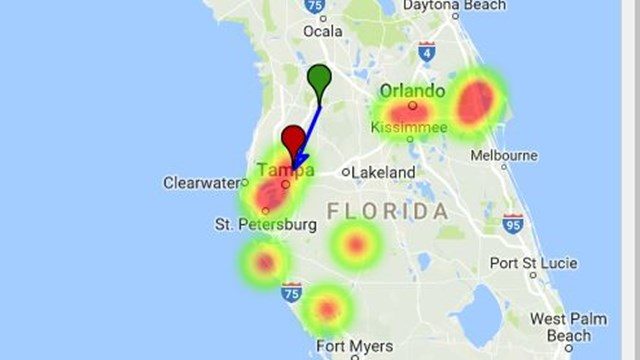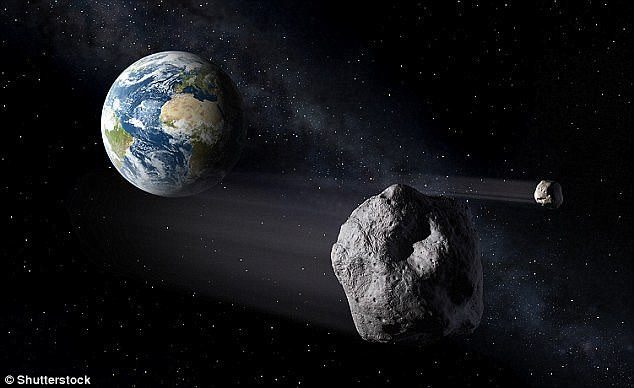OF THE
TIMES



This would go some way towards explaining why so many Earth Scientists are gainfully employed chasing their tails.Amongst the many issues associated with the Settled Science of radiocarbon dating there is the curious case of Catastrophic Cometary Carbon-14.
Thus, the mainstream gained the scientific kudos associated with Radiocarbon Dating whilst [simultaneously] wrestling control of the Settled Science away from Willard Libby by imposing a calibration curve that was approved by the mainstream.
Sadly, this hybrid, high jacked and half-baked Settled Science has now degenerated into a recursive [incestuous] feedback loop where dendrochronology calibrates Radiocarbon Dating which, in its turn, is used to calibrate dendrochronology.
See: Carbon 14 - Libby's Ring

Comment: The American Meteor Society (AMS) received 518 reports about a fireball seen over AZ, CA, Baja California, MA, NV and NM on Tuesday, April 11th 2017 around 04:00 UT.